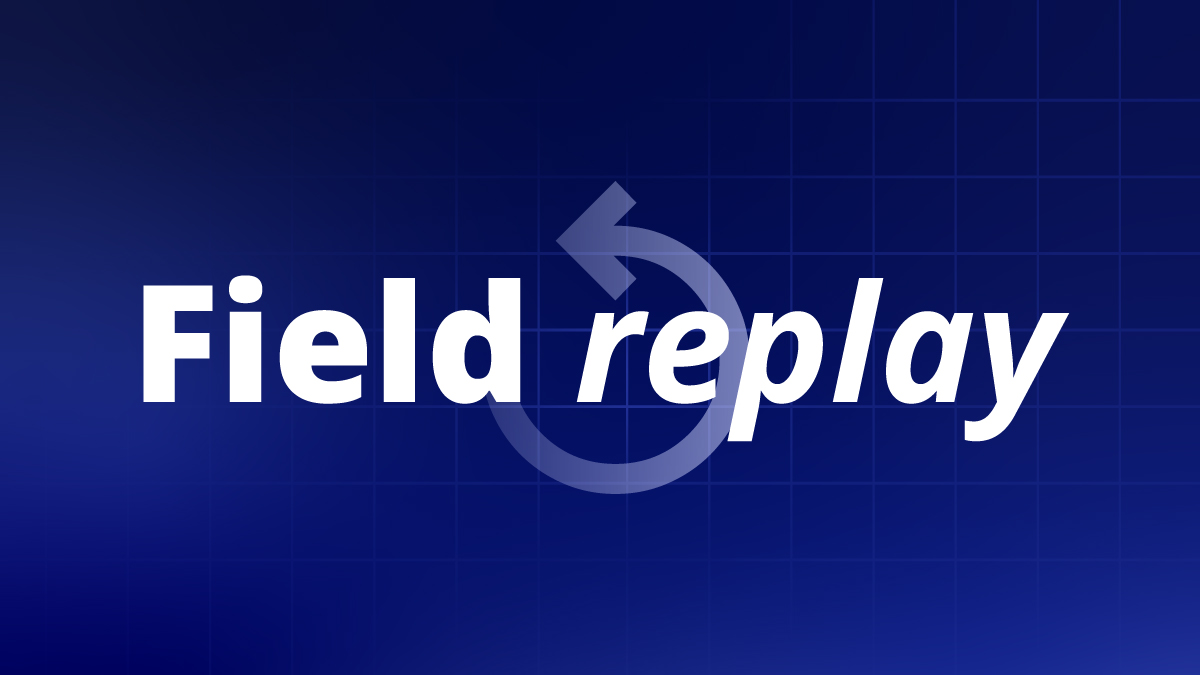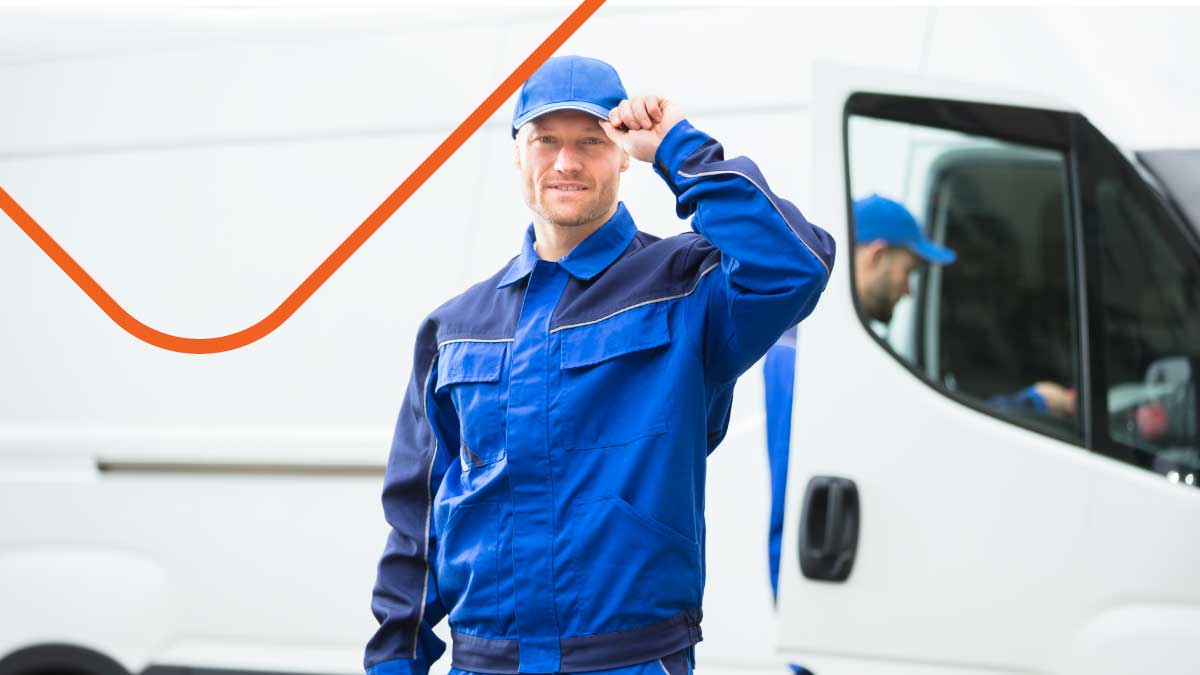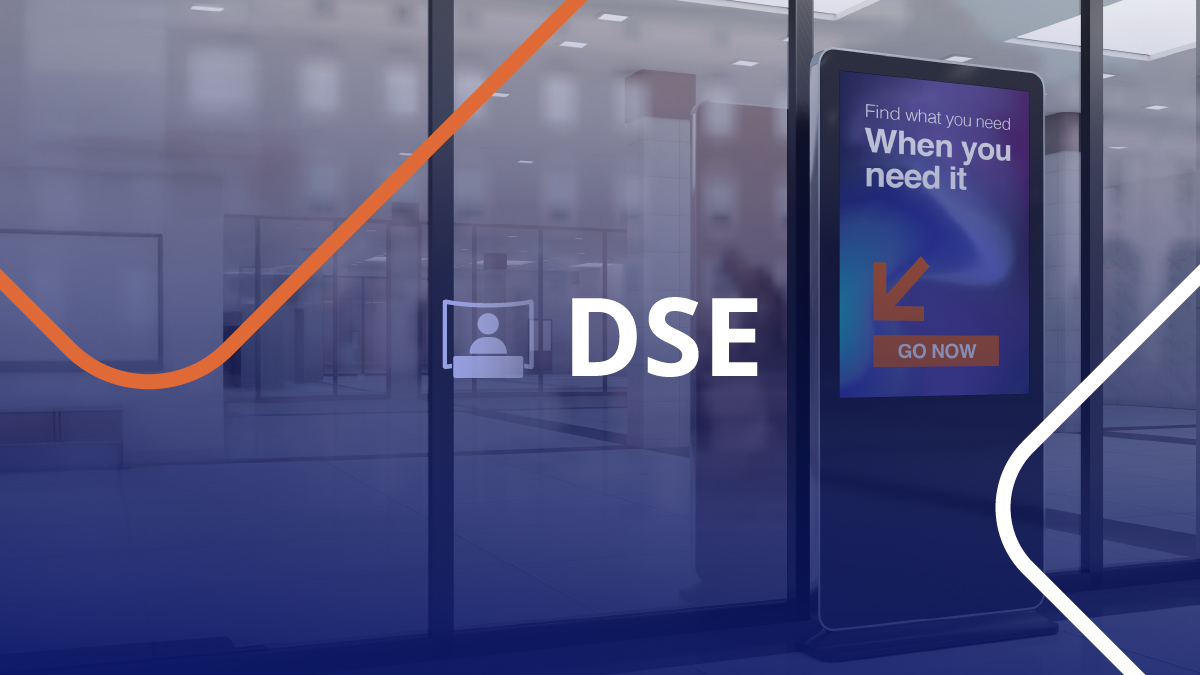Windows 10 support ends Oct 14, 2025. Field service leaders must act now to mitigate risks, meet SLAs, and unlock new service opportunities.
The data center boom is driving demand for skilled field service technicians. Learn key trends and how field services are evolving to meet new challenges.
Discover how robotics companies can boost efficiency by outsourcing simple maintenance tasks to independent technicians.
Discover how an on-demand labor model can improve service outcomes, reduce costs and give you greater control without sacrificing visibility.
From popular work types to coverage, here are the stats that made up the Field Nation marketplace experience.
Nationwide drop box and kiosk installations completed for a leading logistics provider, delivering consistent quality and coast-to-coast coverage across all 50 states through Field Nation’s on-demand..
Nationwide drop box and kiosk installations completed for a leading logistics provider, delivering consistent quality and coast-to-coast coverage across all 50 states through Field Nation’s on-demand..
Managing profit margins is key to IT services company success.
This month saw the launch of our upgraded Support Chat, a highly requested Webhooks update, and several improvements to the Provider Match experience for buyers.
Nationwide audio/visual installations and support completed for a leading healthcare technology provider, ensuring reliable patient engagement systems and consistent service quality through Field..
Nationwide drop box and kiosk installations completed for a leading logistics provider, delivering consistent quality and coast-to-coast coverage across all 50 states through Field Nation’s on-demand..
Nationwide Wi-Fi and network security installations completed on behalf of a leading technology provider, delivering reliable connectivity and cost efficiency through Field Nation’s on-demand..
Nationwide CCTV and alarm system installation, troubleshooting, and repair services supporting a major restaurant chain with exceptional fulfillment, rapid response, and reliable coverage.
Join us at DSE San Diego Oct 19-21 to explore how smart sensors + smart staffing validate digital signage ROI and drive better outcomes.
Discover how an on-demand labor model can improve service outcomes, reduce costs and give you greater control without sacrificing visibility.


















